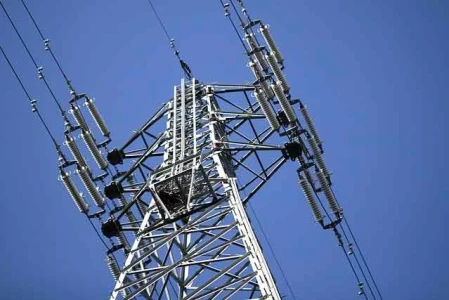Florida ranks second in solar power capacity for 2024

Florida, often referred to as the Sunshine State, has truly embraced its nickname by becoming a leader in solar power adoption. In 2024, Florida installed the second-highest solar power capacity in the United States, marking a significant milestone in the state’s journey toward clean energy. This achievement highlights the state’s growing commitment to sustainable energy solutions and underscores the importance of solar energy in the transition to a greener future.
Florida’s Solar Surge
With its abundant sunshine and favorable climate, Florida has long been a prime candidate for solar energy expansion. In 2024, the state added a remarkable amount of solar power capacity, second only to California. According to industry reports, Florida’s installed capacity reached over 12 gigawatts (GW), enough to power millions of homes and significantly reduce carbon emissions.
This surge in solar installations is the result of strategic investments, innovative policies, and the collective efforts of public and private stakeholders. Florida has prioritized utility-scale solar farms while also promoting residential and commercial solar adoption, making clean energy more accessible to businesses and households alike.
Driving Factors Behind Florida’s Solar Boom
Several factors have contributed to Florida’s impressive solar growth in 2024:
-
Supportive Policies and Incentives
The state has implemented policies and incentives that encourage the adoption of solar energy. Florida’s net metering program allows homeowners and businesses to earn credits for excess energy produced by their solar panels, reducing electricity bills and making solar investments more attractive. -
Utility-Scale Projects
Florida’s utility companies have played a significant role in the solar boom. Major providers, including Florida Power & Light (FPL), have launched ambitious solar projects, such as the "30-by-30" initiative, which aims to install 30 million solar panels by 2030. In 2024, several large-scale solar farms came online, significantly boosting the state’s capacity. -
Declining Costs
The cost of solar panels and installation has continued to decline, making solar energy more affordable for consumers. In Florida, these cost reductions, combined with federal tax incentives like the Investment Tax Credit (ITC), have driven a surge in residential and commercial solar installations. -
Environmental Awareness
With increasing awareness of climate change and the need to reduce greenhouse gas emissions, Floridians are embracing solar energy as a sustainable solution. The state’s vulnerability to climate-related impacts, such as hurricanes and rising sea levels, has further motivated residents and policymakers to invest in clean energy.
Economic and Environmental Benefits
Florida’s solar expansion in 2024 has brought substantial economic and environmental benefits. The solar industry has created thousands of jobs in manufacturing, installation, and maintenance, contributing to local economic growth. Additionally, the increased use of solar energy has reduced the state’s reliance on fossil fuels, leading to a significant decrease in greenhouse gas emissions.
By transitioning to solar energy, Florida is also improving energy resilience. Solar power, particularly when paired with battery storage, can provide reliable electricity during outages caused by natural disasters. This is a critical advantage in a state frequently impacted by hurricanes.
Challenges and Opportunities
Despite its achievements, Florida faces challenges in its solar journey. The state’s regulatory framework has occasionally been criticized for not being as progressive as those in states like California. For example, while Florida has made strides in promoting solar, it lacks a Renewable Portfolio Standard (RPS), a policy requiring a certain percentage of electricity to come from renewable sources.
Another challenge is the need to expand grid infrastructure to accommodate the growing influx of solar energy. Modernizing the grid and integrating battery storage systems will be crucial for maximizing the benefits of solar power.
However, these challenges also present opportunities. By addressing regulatory gaps and investing in grid upgrades, Florida can solidify its position as a national leader in solar energy. The state’s continued focus on innovation and collaboration will be key to overcoming obstacles and achieving even greater milestones in the future.
Looking Ahead
As 2024 draws to a close, Florida’s position as the second-largest solar installer in the U.S. is a testament to the state’s progress in renewable energy. With its abundant sunshine, supportive policies, and growing public awareness, Florida is well on its way to becoming a clean energy powerhouse.
The success of Florida’s solar initiatives serves as an inspiration for other states to accelerate their renewable energy efforts. By harnessing the power of the sun, Florida is not only reducing its carbon footprint but also paving the way for a sustainable and resilient energy future.









